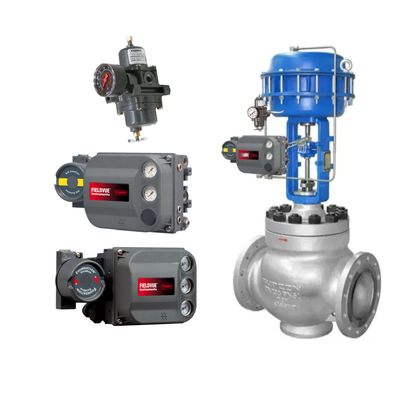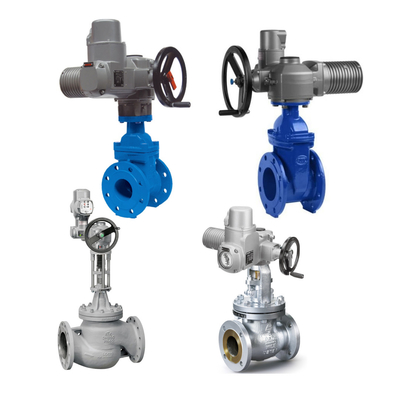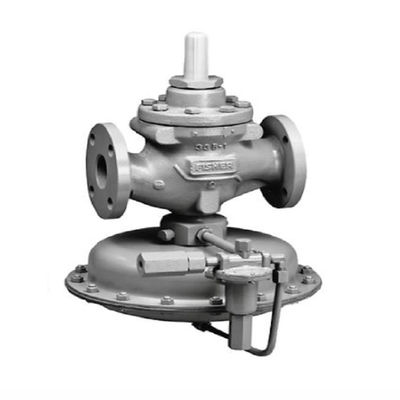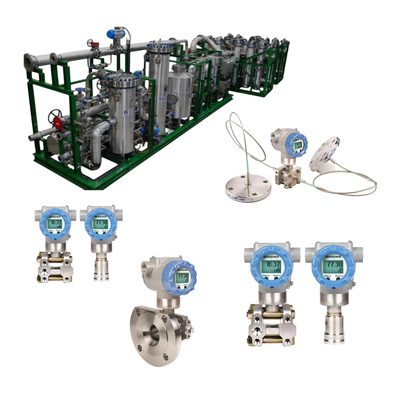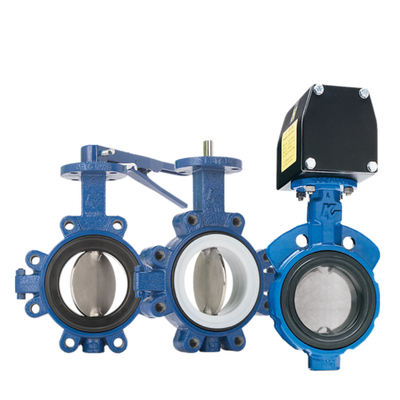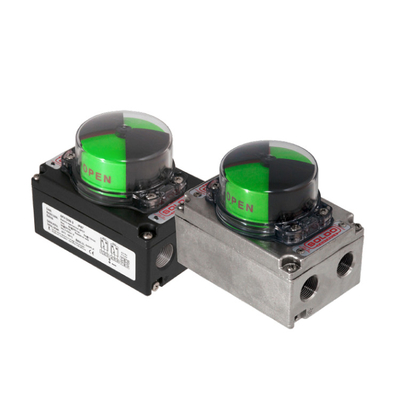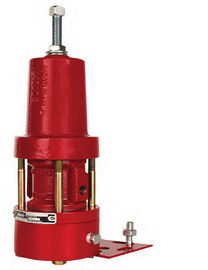What is the Principle of a Control Valve Positioner? A 20-Year Veteran’s In-Depth Guide
As someone who has spent over two decades designing, troubleshooting, and optimizing control valve systems in industries ranging from oil and gas to chemical processing, I’ve learned that the valve positioner is often the unsung hero of process control. While the control valve itself gets most of the attention, the positioner is the critical component that ensures accuracy, responsiveness, and stability. In this article, I’ll break down the working principle of a valve positioner, explain why it’s essential, and share insights from real-world applications.
1. The Basics: What Is a Control Valve Positioner?
A control valve positioner is a device mounted on or near a control valve that adjusts the valve’s actuator position to match the desired setpoint from a controller (e.g., a DCS or PLC). Its primary job is to eliminate the gap between the controller’s command and the valve’s actual position, ensuring precise flow or pressure control.
Without a positioner, a control valve might suffer from:
- Hysteresis (lag between input and movement)
- Deadband (insensitivity to small changes in signal)
- Inconsistent response due to friction or pressure variations
A valve positioner compensates for these issues by continuously monitoring the valve’s position and making real-time corrections.
2. How Does a Valve Positioner Work? The Core Principle
At its heart, a valve positioner operates on a feedback loop mechanism. Here’s a simplified breakdown:
- Input Signal Reception: The positioner receives a pneumatic or electrical signal (typically 4-20 mA or 3-15 PSI) from the controller, representing the desired valve position.
- Position Sensing: A built-in sensor (e.g., a lever with a potentiometer or a non-contact magnetic sensor) measures the actual position of the valve stem or actuator.
- Comparison & Error Calculation: The positioner compares the desired position (input signal) with the actual position (feedback). If there’s a discrepancy (error), it generates a corrective output.
- Actuator Adjustment: The positioner sends a proportional air signal (for pneumatic actuators) or electrical current (for electric actuators) to move the actuator until the error is minimized.
This closed-loop system ensures the control valve stays on target, even under dynamic process conditions.
3. Types of Valve Positioners & Their Principles
Not all positioners are created equal. Over my career, I’ve worked with three main types, each with distinct advantages:
A. Pneumatic Positioners
- Principle: Use compressed air (typically 20-150 PSI) to drive the actuator.
- How They Work: A nozzle-flapper mechanism converts the input signal into a pneumatic output. As the valve moves, feedback alters the air pressure to correct position.
- Best For: Hazardous areas (intrinsically safe) and applications where air supply is readily available.
B. Electro-Pneumatic Positioners
- Principle: Combine electrical input (4-20 mA) with pneumatic output.
- How They Work: An I/P (current-to-pressure) transducer converts the electrical signal to pneumatic pressure, which then drives the actuator. Feedback is still mechanical or electronic.
- Best For: Modern plants with digital control systems that integrate seamlessly with electrical signals.
C. Smart (Digital) Positioners
- Principle: Use microprocessors and digital communication (e.g., HART, Foundation Fieldbus, PROFIBUS).
- How They Work: They digitize the input signal, compare it with position feedback, and use advanced algorithms (e.g., PID control) to optimize response. Some even self-calibrate or diagnose issues like actuator leakage.
- Best For: High-precision applications, predictive maintenance, and Industry 4.0 integration.

4. Why Every Control Valve Needs a Positioner: Real-World Benefits
In my experience, skipping a valve positioner is a recipe for inefficiency. Here’s why they’re indispensable:
A. Improved Accuracy & Stability
A control valve without a positioner may overshoot or undershoot setpoints due to friction or pressure fluctuations. A positioner ensures the valve stays precisely where it’s supposed to be, reducing process variability.
B. Faster Response Times
In fast-changing processes (e.g., compressor anti-surge control), a positioner can adjust the valve 3-5x faster than a standalone actuator, preventing costly shutdowns.
C. Reduced Wear & Tear
By minimizing over-travel and hunting (oscillation around the setpoint), a positioner extends the lifespan of the valve and actuator, saving on maintenance costs.
D. Split-Ranging & Custom Control
Advanced positioners allow split-ranging (controlling multiple valves with one signal) or non-linear control (e.g., equal-percentage characteristics for throttling applications).
5. Common Challenges & Troubleshooting Tips
Even the best valve positioners can misbehave. Here are lessons from the field:
- Issue: Positioner doesn’t respond to input changes.
Cause: Blocked air supply (pneumatic) or loose electrical connections (digital).
Fix: Check for air leaks or verify signal integrity with a multimeter.
- Issue: Valve oscillates (hunts) around setpoint.
Cause: Over-tuned PID settings (smart positioners) or excessive backlash in the linkage.
Fix: Adjust damping settings or recalibrate the positioner.
- Issue: Positioner drifts over time.
Cause: Worn feedback mechanism or temperature-induced sensor drift.
Fix: Replace worn parts or switch to a smart positioner with auto-calibration.
6. The Future of Valve Positioners: AI & Predictive Maintenance
After two decades in the industry, I’m most excited about the shift toward smart positioners with AI capabilities. These devices can:
- Predict actuator failure before it happens.
- Optimize control loops in real-time using machine learning.
- Integrate with digital twins for virtual commissioning.
The next generation of control valve positioners won’t just react—they’ll anticipate, adapt, and self-improve.
Final Thoughts
A valve positioner isn’t just an accessory—it’s the brain of your control valve system. Whether you’re dealing with a simple on-off valve or a complex multi-stage control loop, investing in the right positioner pays dividends in accuracy, reliability, and cost savings.
If you’re selecting a positioner, ask yourself:
- What’s my process’s required response time?
- Do I need digital diagnostics for predictive maintenance?
- Am I working in a hazardous area where pneumatics are mandatory?
Answering these questions will guide you to the perfect positioner for your application.
Have questions about valve positioners or control valves? Drop them in the comments—I’d love to help!

 Your message must be between 20-3,000 characters!
Your message must be between 20-3,000 characters! Please check your E-mail!
Please check your E-mail!  Your message must be between 20-3,000 characters!
Your message must be between 20-3,000 characters! Please check your E-mail!
Please check your E-mail! 
